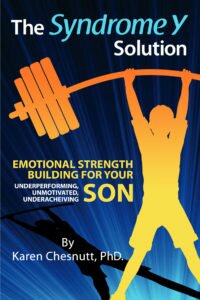Many parents come in to my office and ask about testing for ADD/ADHD. Most hope there is a test that clearly identifies this disorder. Unfortunately, there is no one test that can make this diagnosis. Let me tell you the process that helps us sort out ADD/ADHD from other patterns.
One type of test that we use is a questionnaire, like the Vanderbuilt Scales, the Connors scales or the Achenbach scales. Some doctor’s office will use these so parents can give some feedback about what actually happens at home. Some of the questionnaires are designed for teachers to complete Куршская Коса. The goal is to get a better picture of all areas of life. The data from questionnaires is only as good as the observations of the person completing them, so we need other information as well.
The second kind of test that is used is what we call a “continuous performance” test. These are tests made up of routine tasks (ones that really are not interesting to ADD/ADHD persons). Usually, they are given on computers that constantly monitor if you are paying attention. For example, you would be asked to click every time you saw a specific letter. The computer, then, would track how long you could stay focused on the task. It would be able to tell if you had been distracted or gotten sidetracked. The amount of time for each task is variable, some as short as a minute or two.
These continuous performance tests give us some interesting information but it is not enough. A lot of people don’t like doing this type of task, but not all of those people have ADD/ADHD. We can learn something about attention span, but it is not enough to make a diagnosis.
We also can use the WISC V to help with the diagnosis. There is a pattern on this test, where certain subtests tend to be lower with people with ADD/ADHD. The tests that are the most sensitive are the Digit Span subtest and the Coding subtest. Both seem to be lower in people with ADD/ADHD. Is this enough to make a diagnosis? Not yet.
It is important to get a good description of behavior in a variety of situations. We also need to rule out other problems that can mimic ADD/ADHD, like thyroid problems or anxiety. It is only when we have a good history, and good data that this diagnosis can be made.












